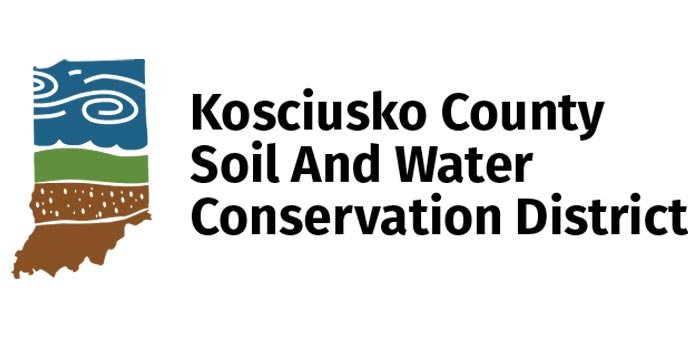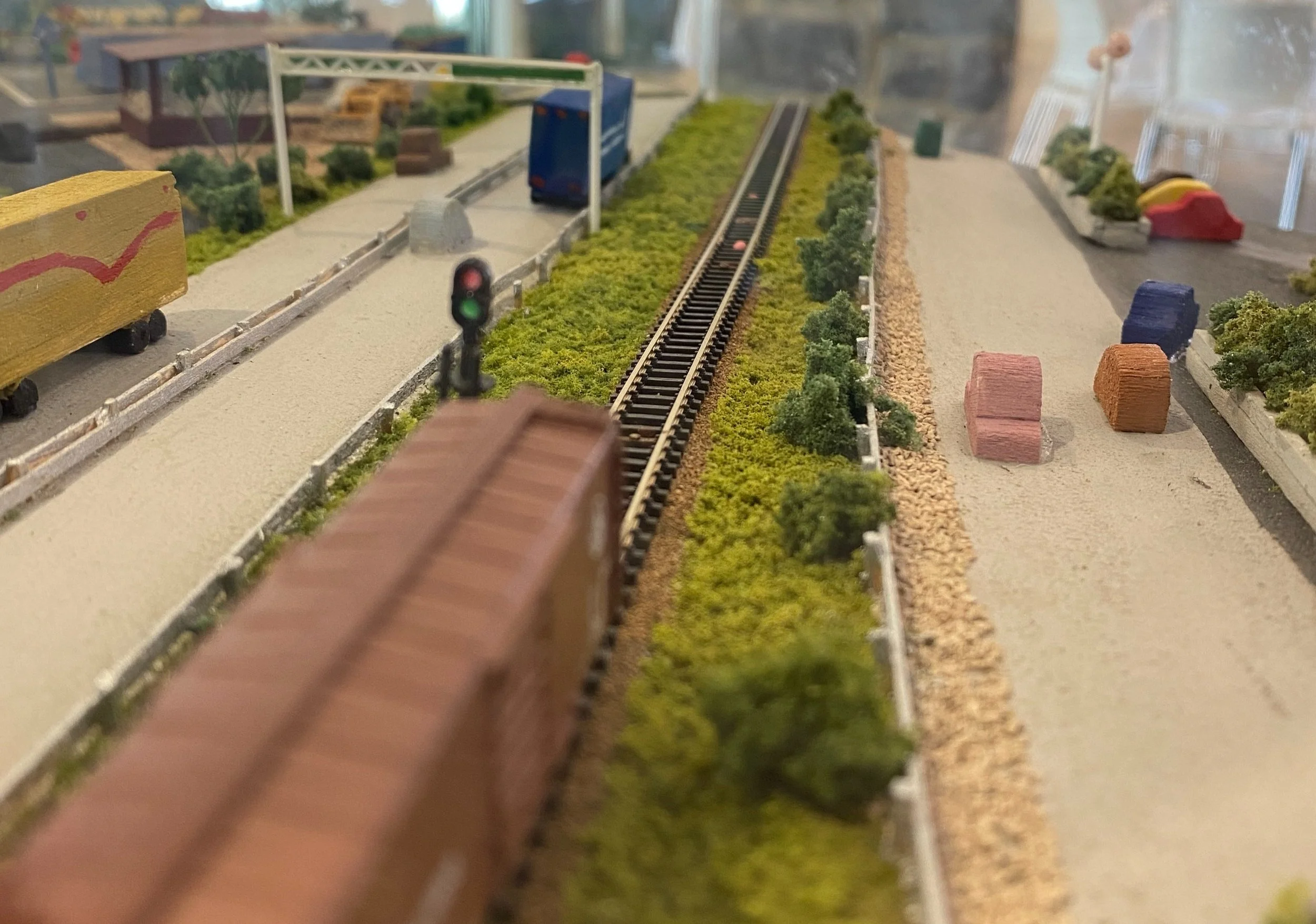This neighborhood is highly urbanized and divided by a highway running through it, similar to U.S. 30 running through our county. Even in urban areas there are many opportunities for protecting the health of our water by how we use the land.
Factories
There are two factories along the river. Point-source pollution from factories is regulated in the United States as part of the Clean Water Act (CWA). The Clean Water Act is a federal law that was enacted in 1972 that made it unlawful to discharge any pollutant from a point source into navigable waters without a permit. Factories must limit the amount of pollution they discharge and undergo compliance inspections. The CWA has been largely successful and is estimated to prevent nearly 700 billion pounds of pollutants from entering our waters every year.
These factories have both installed streambank stabilization structures to prevent erosion. Rivers tend to erode their banks on the outside of a curve because the water is moving faster there. The bank on the outside of the curve has rip-rap and a concrete wall to prevent erosion. The best riverbank stabilization option is to use bioengineered native plants to prevent erosion.
Learn more about bioengineered streambanks from the United States Forest Service (USFS).
Shopping Center
The parking lot behind the shopping center has permeable pavers which allow water to infiltrate the ground as opposed to flowing across the parking lot. Permeable surfaces reduce water pollution from runoff in urban areas where trash, oil leaking from vehicles, and more may be issues.
Highway
This neighborhood is divided by a highway. There is a road salt storage shed for deicing the roads. While road salt (sodium chloride) is necessary for safety, there are some opportunities for improvement. Traditional road salt can contaminate surface and drinking waters, and cause other environmental problems. Alternative road salts, brine, and biodegradable substances like beet juice are safer for the environment. Another option that reduces snow and ice cover is the use of porous or permeable pavement as opposed to regular pavement which allows snow and ice to accumulate.
There is a pollinator planting along the highway and railroad tracks. A pollinator planting is an area of native shrubs, grasses, and/or wildflowers that provides habitat for pollinators such as bees and butterflies. Did you know that over 85% of plant species require a pollinator to reproduce?
Pollinator plantings also support healthy water because the native plants filter out pollutants and store water. Pollinator plantings along roadsides support pollination needs of adjacent farms and natural areas. If all roadsides in the U.S. were converted to pollinator plantings, this would be an area of land 20x larger than the Great Smoky Mountains National Park. Reach out to the Soil and Water Conservation District for more information about pollinator plantings.
Learn more about pollinator habitat from the Indiana Department of Natural Resources (DNR).




